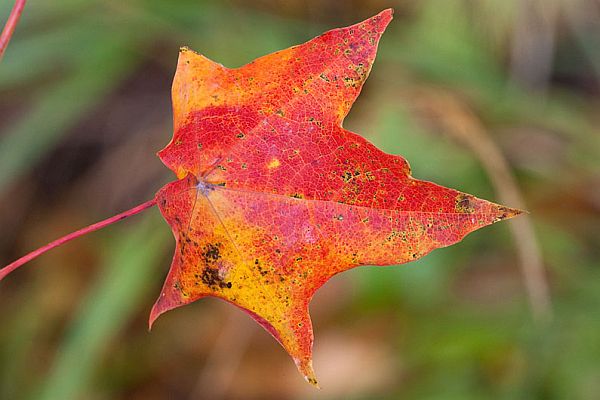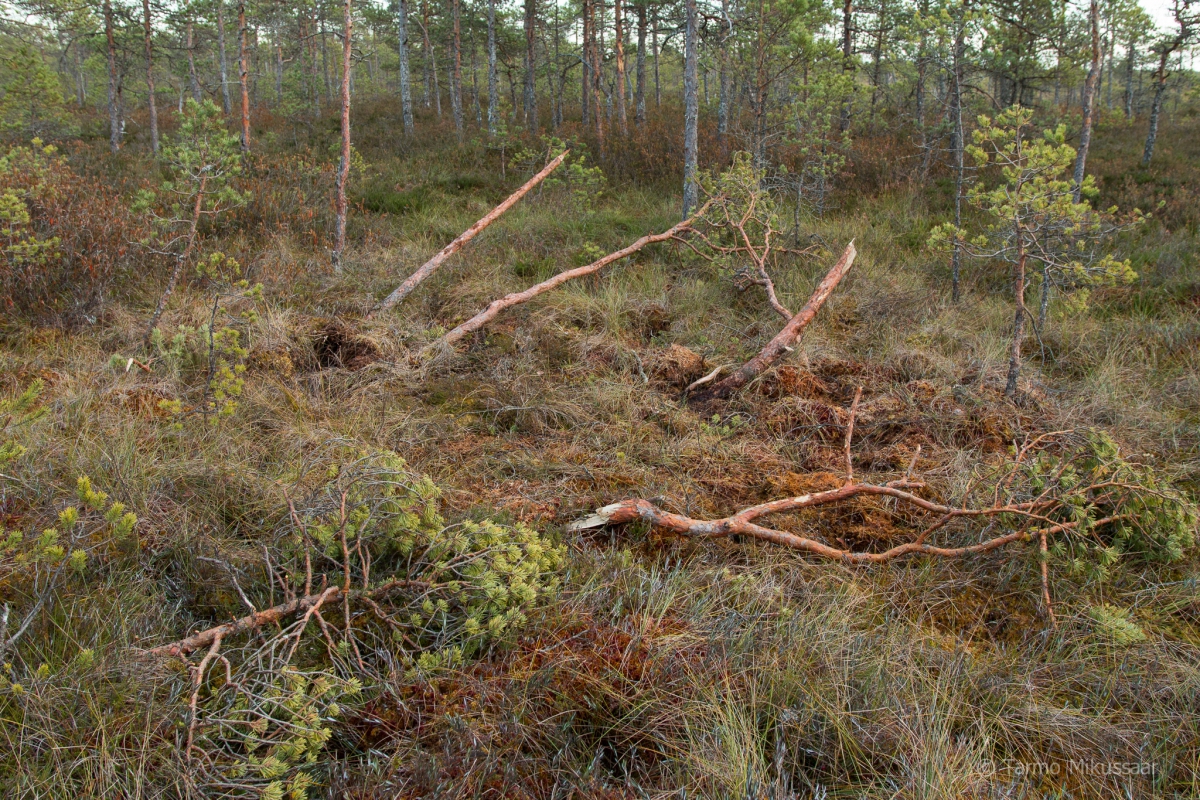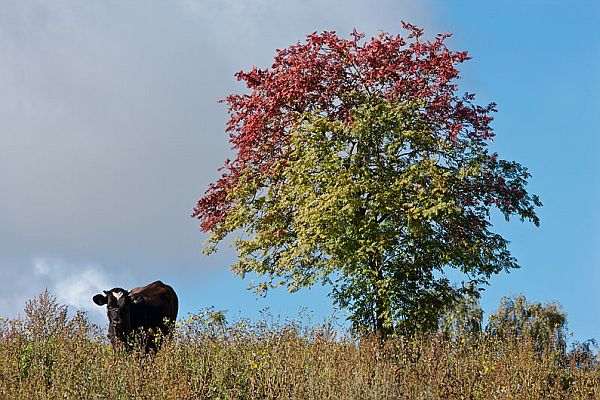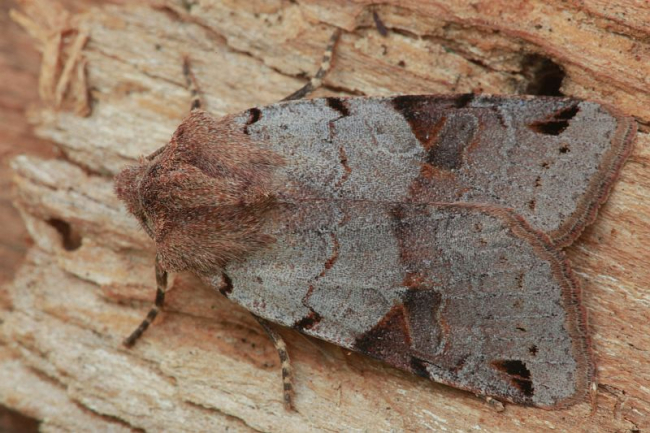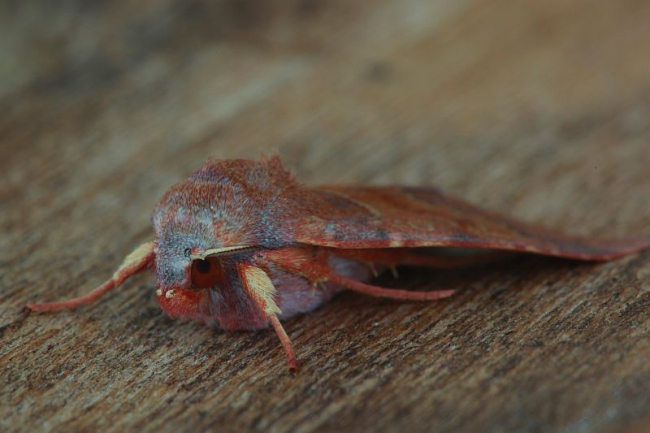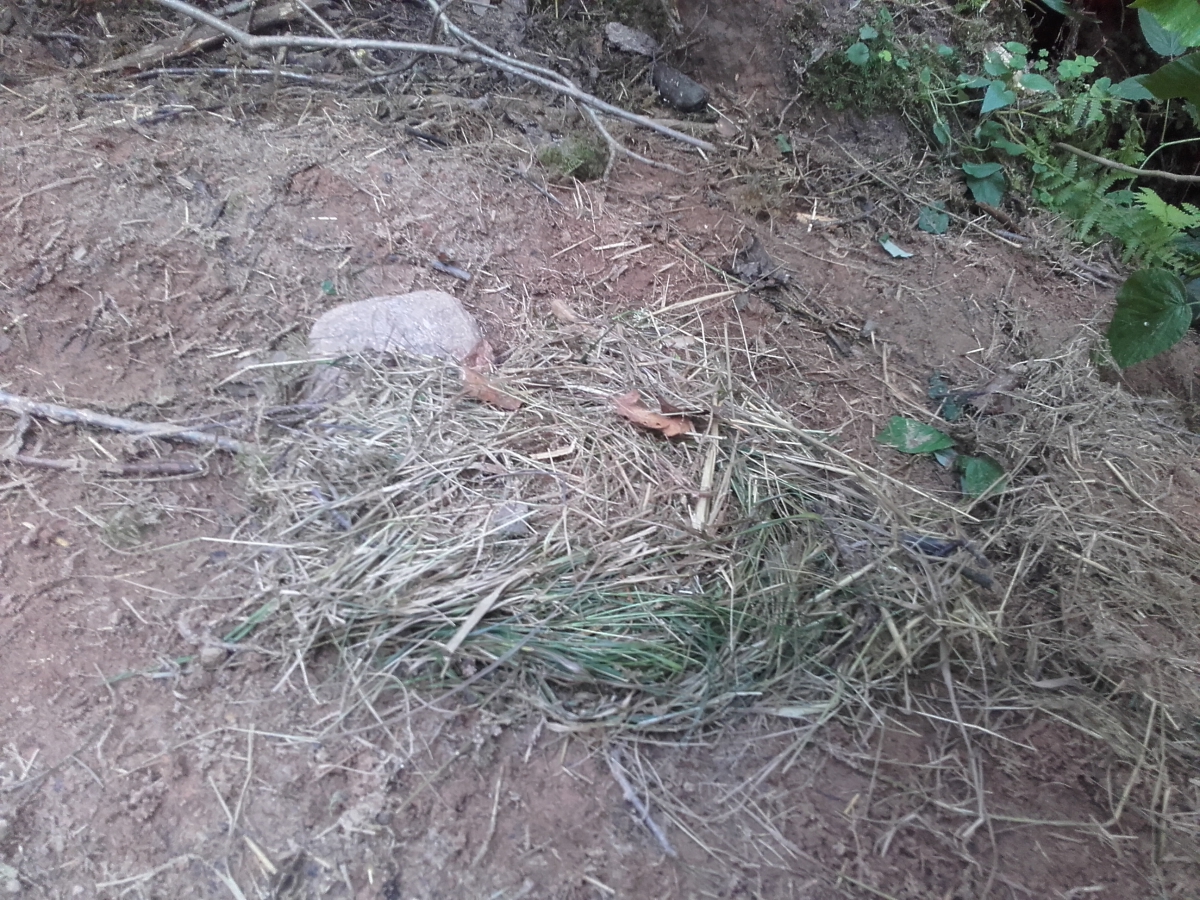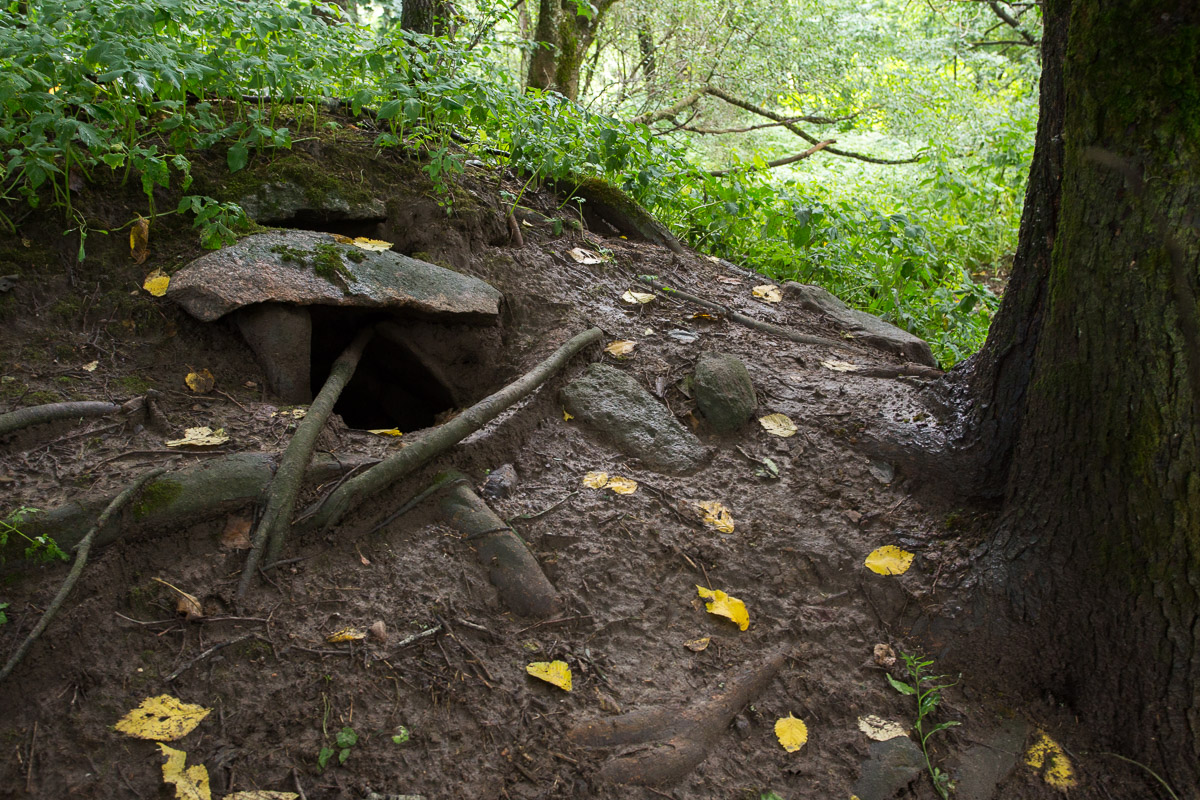To the beginning of calendar autumn
Calendar autumn started at 17.21 on September 22
We will see whether there will be time for anthocyanins to be created in the leaves, to colour the leaves beautifully red?
Or will the yellow and orange carotenoids remain dominant in the tree crowns – colours that were present in the leaves already in summer and that simply become visible when the chlorophyll breaks down?
The early autumn nights have been warm this year. But for the birth of an autumn in red colours in tree crowns we need light frost bites at night and sunny autumn days. In places the south sides of maples are eye-catching with beautifully coloured leaves. Whether we will get a fiery autumn the nearest future will show.
… but we see colours everywhere.
